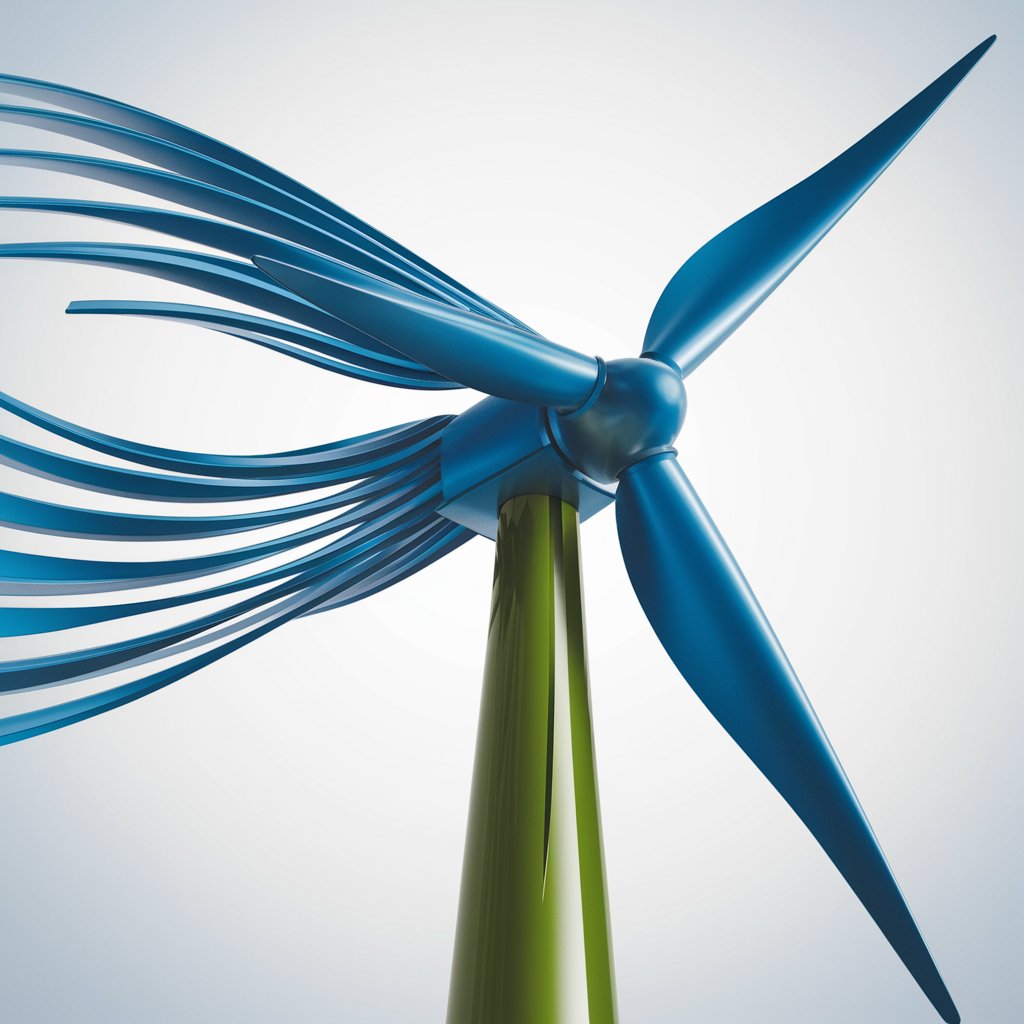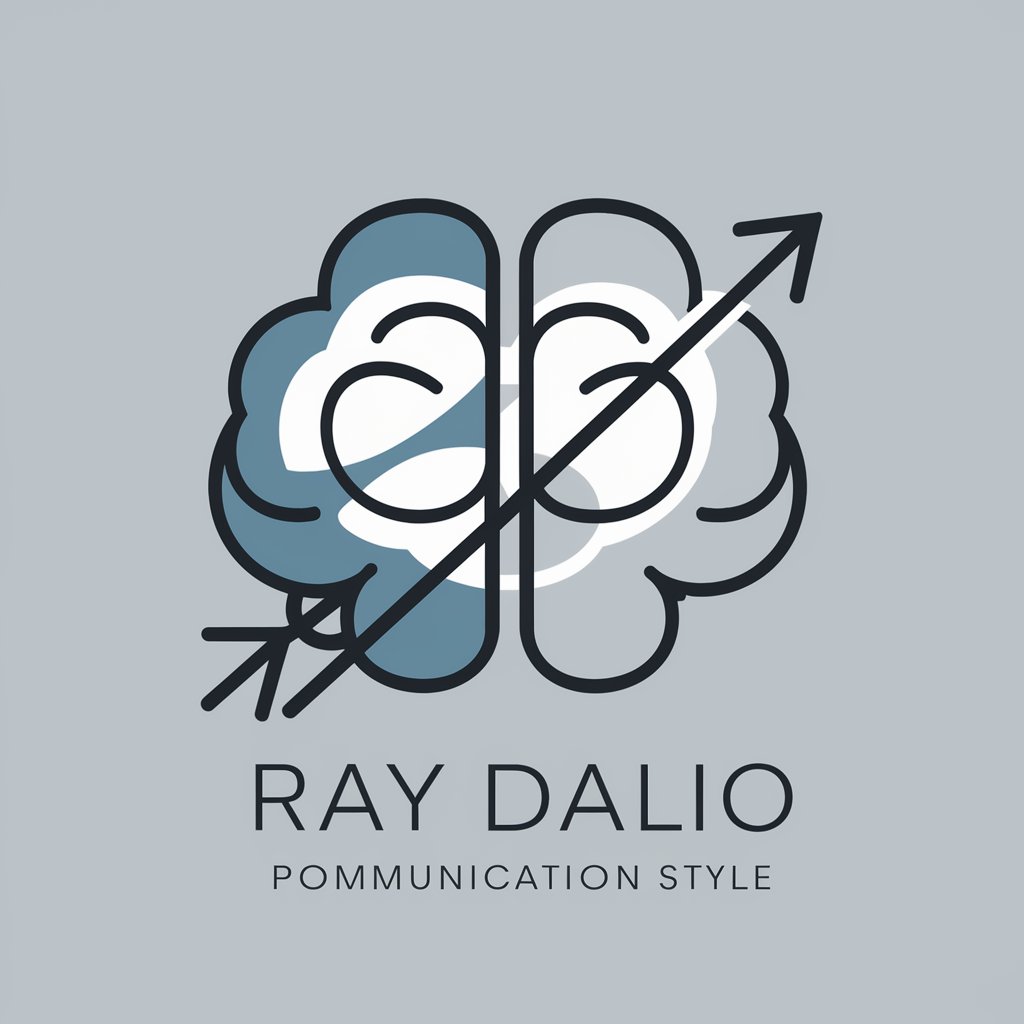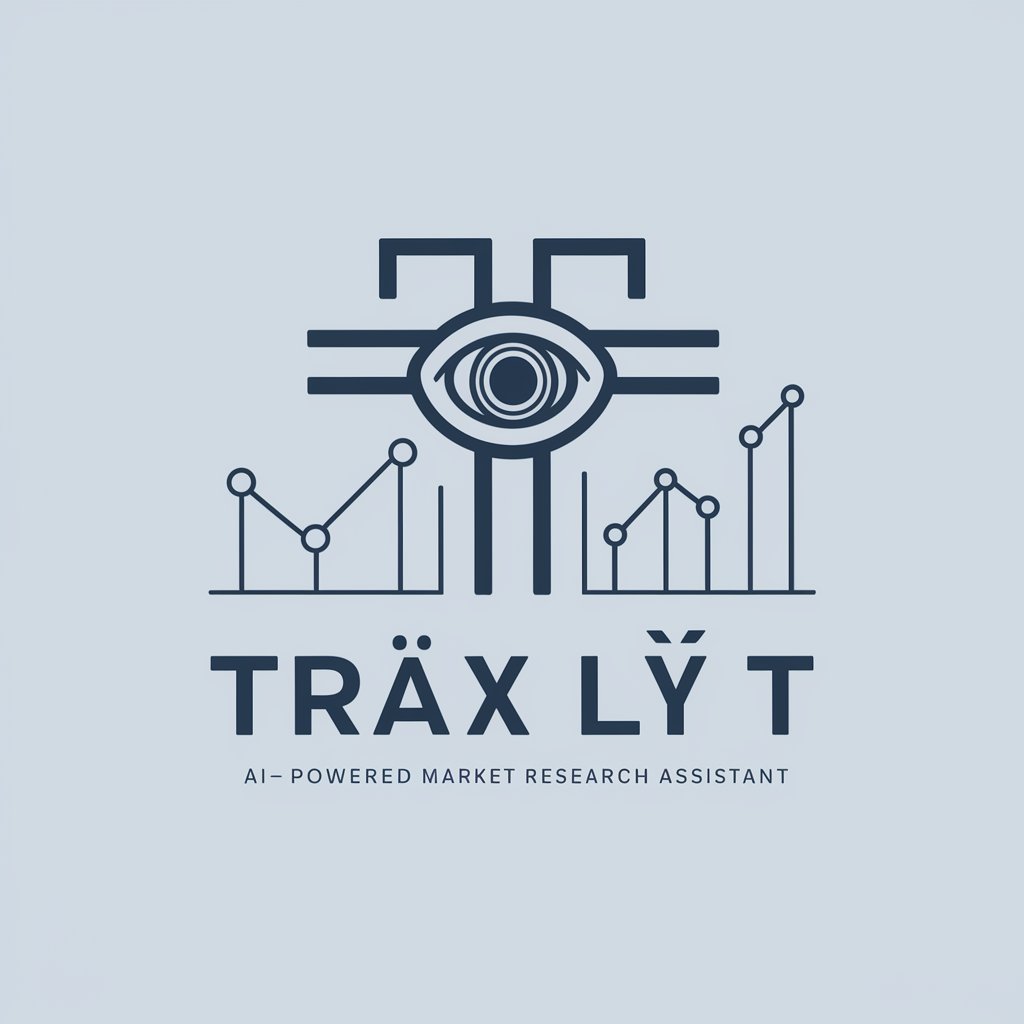Wind Energy - Wind Energy Insights

Welcome! Let's explore the world of wind energy and its benefits together.
Harnessing the breeze, powering the future.
Explain the latest advancements in wind turbine technology.
How does wind energy contribute to reducing carbon emissions?
What are the environmental benefits of using wind energy?
Describe the process of harnessing wind power for electricity generation.
Get Embed Code
Overview of Wind Energy
Wind Energy, as a concept, encapsulates the harnessing of wind power to produce electricity, a clean and renewable source of energy that is part of the broader spectrum of renewable energy technologies. The basic function of Wind Energy systems is to convert the kinetic energy from wind into mechanical power or directly into electricity, using wind turbines. These turbines can be installed on land (onshore) or in water bodies (offshore), significantly varying in size from small, personal turbines generating power for individual homes, to massive offshore wind farms providing electricity to the grid for widespread consumption. The design purpose behind Wind Energy is to offer a sustainable alternative to fossil fuels, reduce greenhouse gas emissions, and decrease dependency on non-renewable energy sources. Examples illustrating the application of Wind Energy include the large-scale wind farms in the North Sea, known for their substantial contribution to Europe's electricity, and smaller, community-based wind projects in rural areas around the world, demonstrating the versatility and adaptability of wind technology. Powered by ChatGPT-4o。

Core Functions of Wind Energy
Electricity Generation
Example
Use of wind turbines to convert kinetic wind energy into electricity.
Scenario
Large wind farms consist of hundreds of wind turbines connected to the power transmission network, supplying electricity to national grids. An example is the Hornsea Project in the UK, which, upon completion, is set to be the world's largest offshore wind farm, significantly contributing to the country's renewable energy targets.
Decentralized Power Supply
Example
Small-scale wind energy systems for remote or off-grid applications.
Scenario
Individual wind turbines or small wind farms can provide power to remote locations, islands, or rural communities not connected to the main electricity grid. This application is crucial in regions where traditional power infrastructure is absent or difficult to maintain, such as the small wind turbines used in Alaska to reduce reliance on diesel generators.
Environmental Protection
Example
Reduction of greenhouse gas emissions through the replacement of fossil fuel-based power generation.
Scenario
Countries investing in wind energy significantly lower their carbon footprint by reducing the amount of coal and natural gas burned for electricity production. Denmark, for instance, aims to become carbon neutral by 2050, largely through wind power, which already accounts for around 50% of its electricity production.
Target Users of Wind Energy Services
Governmental and Regulatory Bodies
These entities are responsible for setting energy policies, regulations, and incentives to promote renewable energy adoption. They benefit from Wind Energy services by achieving sustainability goals, ensuring energy security, and meeting international climate commitments.
Energy Sector Businesses
This group includes utility companies, independent power producers, and renewable energy developers interested in expanding their renewable energy portfolio. They are directly involved in the planning, installation, and operation of wind energy projects, benefiting from the growing demand for clean energy.
Research and Educational Institutions
These users engage in the study, innovation, and dissemination of knowledge related to wind energy technologies. They benefit from Wind Energy services through access to data for research, opportunities for technological advancements, and educational materials for curriculum development.
Environmental Advocates and the General Public
Individuals and organizations passionate about combating climate change and promoting sustainable energy solutions form this user group. They benefit from Wind Energy services by supporting and participating in the transition to renewable energy sources, which aligns with their environmental and social values.

Utilizing Wind Energy Effectively
Begin your journey
Start by exploring wind energy options at yeschat.ai, offering a hassle-free trial without the necessity for login or a ChatGPT Plus subscription.
Identify your needs
Determine your energy requirements. Consider factors like location, wind patterns, and energy consumption to select the right wind energy system.
Select appropriate technology
Choose between onshore or offshore wind turbines based on your location's wind resource assessment. Smaller turbines might suit residential use, while larger turbines are better for commercial applications.
Plan and install
Engage with professionals for site planning, permits, and installation. Ensure that your setup complies with local regulations and grid connection requirements.
Maintain and optimize
Regular maintenance ensures optimal performance. Monitor your system's output and consider energy storage solutions to maximize usage of generated power.
Try other advanced and practical GPTs
Armando Content
From Spanish Ideas to Dalio's English

Meta Ads Copy Crafter
Craft Winning Ads with AI Power

CivilEngineer
Empowering Engineering Decisions with AI

Gun
Navigating firearm legality with AI

Pennsylvania
Unlocking Pennsylvania's Secrets with AI

Trợ lý T
Empowering Research with AI

Gold Coins
Empowering Gold Investments with AI

IntendGPT
Empowering interactions with AI innovation.

International Relations GPT
Empowering Global Insights with AI

Trend Master
Harness AI for Trendspotting and Engagement

Aftermath AI
Empowering creativity and learning in a post-apocalyptic world.

Cocoon semantique
Optimize content with AI-driven insights

In-Depth Q&A on Wind Energy
What are the key benefits of using wind energy?
Wind energy offers a clean, renewable source of power that reduces greenhouse gas emissions, lowers electricity costs in the long run, and lessens dependence on fossil fuels. It also provides local job opportunities in the construction and maintenance of wind farms.
How do wind turbines generate electricity?
Wind turbines convert kinetic energy from the wind into mechanical power. This mechanical power spins a generator within the turbine, producing electricity. The amount of electricity generated depends on the turbine's size and the wind's speed.
What's the difference between onshore and offshore wind farms?
Onshore wind farms are located on land and generally have easier access for maintenance, but may face more opposition due to noise and visual impact. Offshore wind farms, located in bodies of water, benefit from stronger and more consistent winds, leading to higher power output but at higher installation and maintenance costs.
Can wind energy be stored for later use?
Yes, wind energy can be stored in various forms, such as in batteries, through pumped hydroelectric storage, or by converting it into hydrogen. These storage solutions allow for the use of wind energy even when wind conditions are not favorable.
What are the environmental impacts of wind energy?
While wind energy is a clean power source, its environmental impacts include habitat disruption during construction, potential harm to bird and bat populations, and visual and noise considerations. However, careful planning and technology improvements are minimizing these impacts.
